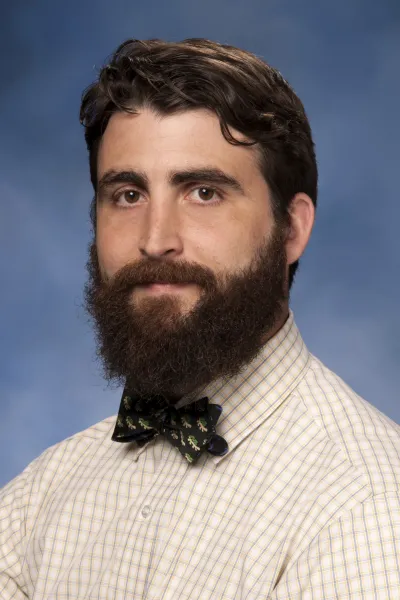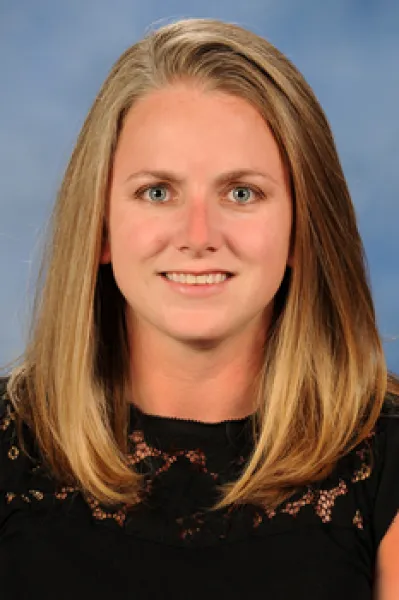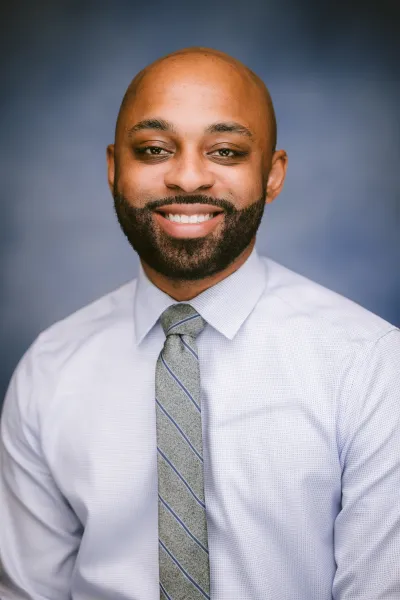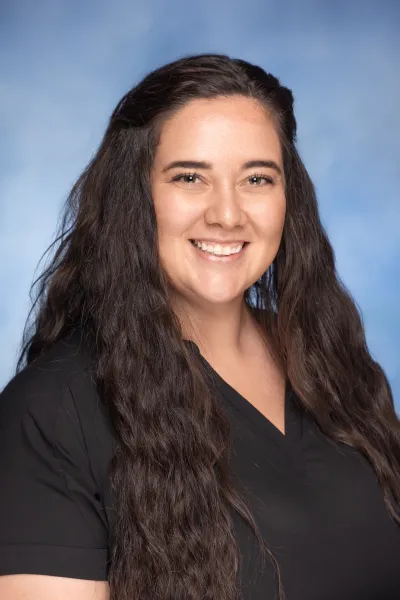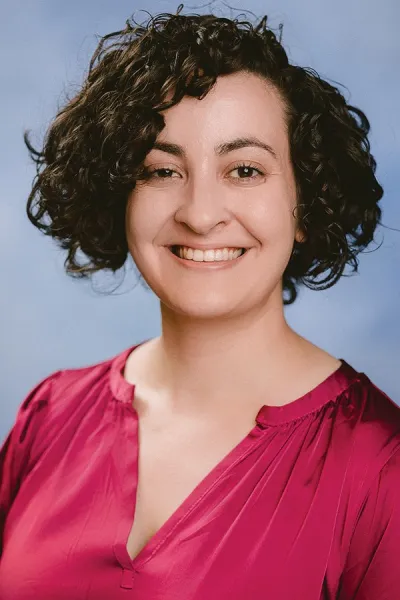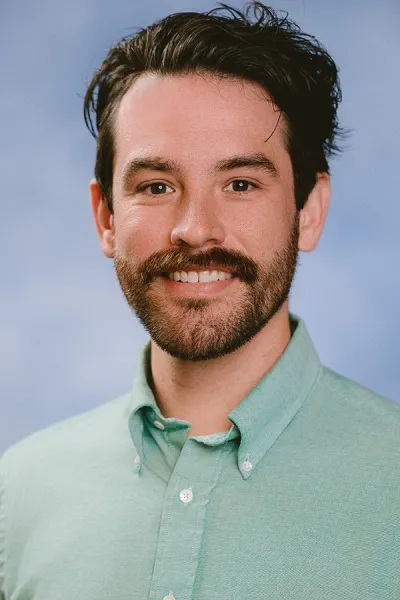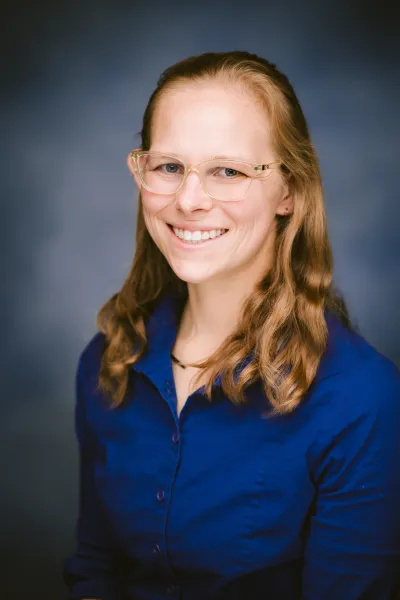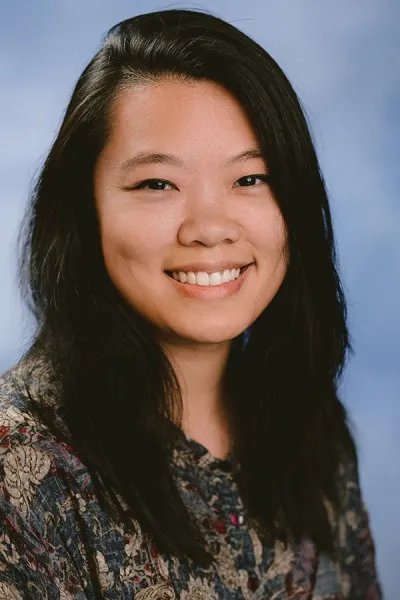Diagnostic Imaging & Radiology Residency
Watch an information session to learn more about the program.
Watch Now.
Additional Residency Resources learn more about our veterinary health system
Objectives
- The radiology residency program is designed to provide postdoctoral clinical training that will fulfill the requirements of the American College of Veterinary Radiology (ACVR) and result in eligibility to apply for the preliminary and certifying examinations of the ACVR.
- The resident will receive training in all of the subspecialty areas of veterinary radiology including routine and special procedures in small and large animal diagnostic radiology, diagnostic ultrasound, nuclear medicine, computed tomography, and magnetic resonance imaging. Training prepares the graduates of the program to perform in either an academic or specialty practice environment.
- Residents have the option to pursue a Masters program concurrently with their residency. The residency program will provide the opportunity for training in research design and experimental techniques.
Our Team
Prerequisites and Applications
- All potential residents must meet the minimum requirements and qualifications outlined in the Residency Program Handbook.
- Applicants must be either U.S. citizens or permanent residents of the U.S. the Ohio State University cannot sponsor or process F, J, or H-1B visa applications for resident positions. We also cannot accept TN visas. Successful applicants must be available to report to The Ohio State University Department of Veterinary Clinical Sciences no later than the scheduled beginning of the program.
- Applicants must be graduates of an AVMA-recognized College or School of Veterinary Medicine and have completed a one-year rotating internship or acceptable equivalent clinical experience.
- All requirements must be met to hold and maintain a limited license to practice Veterinary medicine in the State of Ohio – click here for information on licensure requirements.
- Currently admission requirements include:
- a minimum 3.0 GPA for all undergraduate coursework
- a minimum 3.0 GPA for professional (veterinary degree) studies;
- a minimum 3.3 GPA for all graduate coursework;
Employment and Benefits
- Salary
- Health insurance
- Travel allowance
- Personal + Professional days leave (from policy)
- External consultation and employment
- Licensure
- Tuition Assistance
Orientation
During the first few days at the commencement of the residency program, all incoming residents participate in a comprehensive orientation program (see Residency Program Handbook) to introduce them to the department, college and university, complete necessary documentation, and to facilitate integration into our program and activities.
Advisors and Mentoring
Clinical advisor
Each resident is assigned a clinical advisor at the beginning of the program. The advisor can be changed according to the individual needs and interests of the resident.
Academic advisor
One of the Radiologists will mentor the resident.
Thesis committee (for residents electing to complete a thesis Masters):
Once the specific area of research is selected, an Advisory committee will be formed to provide advice in the development of a specific research project, during the project and to completion of the study. Typically, the Advisory committee serves as the Examination committee for the thesis defense. These committees must consist of at least 3 graduate faculty members.
Mentoring
Case management is carried out with the guidance and collaboration of experienced faculty who are recognized experts in their respective fields.
- According to ACVR guidelines (ACVR Essentials of Accredited Residency Training Programs):
- The education in diagnostic radiology should occur in an environment which encourages the interchange of knowledge and experience among residents and staff in the program, as well as with residents in other major clinical specialties located in those institutions participating in the program.
Clinical Service Responsibilities
- The Veterinary Medical Center at The Ohio State University offers a large and varied caseload.
- The radiology service will have the equivalent 5 full-time (and 1 part time) radiology faculty and 7-9 radiology residents.
- Eleven full-time technologists support the service.
- The all-digital service is currently equipped with three small animal diagnostic radiology suites (2 x-ray machines, including 1 fluoroscopy unit), 2 large animal suites, an ultrasound suite with 2 state-of-the-art ultrasound machines and a mobile unit, multidetector, dual energy computed tomography (for both small and large animals), a 3T MRI (for both small and large animals) and nuclear medicine facilities.
- Diagnostic imaging studies are performed with the guidance and collaboration of experienced radiology faculty.
- Emphasis during the first year is on diagnostic radiology and special radiographic procedures.
- During the second and third years, the resident rotates through all modalities of the diagnostic imaging services.
- Large teleradiology caseload. Whether your goal is telemedicine or an academic career with a side job in telemedicine, you will have ample opportunity to produce and learn from a robust teleradiology cases.
- Residents interested in equine imaging will have opportunities to participate in equine ultrasound. A new equine performance evaluation arena opened in 2024.
- Unique opportunities for zoo radiology caseload. Also, outpatient exotic and pocket pet service started in 2020.
- The radiology residents provide after-hours imaging service to the Veterinary Medical Center.
- Off-clinic time, not to exceed 100 days during the 3 year program, is provided to allow pursuit of course work, independent study, research, publication, or other elective endeavors.
- According to ACVR guidelines:
- The clinical training must provide for supervised, progressive responsibility for interpretation and progressive responsibility for quality control of diagnostic studies, and must ensure that the supervised resident performs those procedures commonly accepted in all aspects of diagnostic imaging offered by the program.
- At a minimum, the time commitment for the core training shall consist of at least 12 months in diagnostic radiology, at least 6 months in diagnostic ultrasound, and at least 3 months in computed tomography and/or MRI, regardless of the caseload of the institution. These are expected to be distributed throughout the 36 month training program.
- It is expected that this amount of experience would result in the resident being involved in the interpretation of a minimum of approximately 4,000 radiographic studies in small and large animal radiology, a minimum of 1,000 studies in diagnostic abdominal ultrasound, and a minimum of 500 CT and/or MRI imaging studies during the course of the entire program.
- More than one resident can be involved with a single study.
- Each resident must have supervised experience in basic interventional procedures, such as image guided biopsies or fine-needle aspirates.
Teaching Responsibilities
- Teaching responsibilities include clinical teaching of fourth year veterinary students assigned to the Radiology service.
- Rounds
- Residents participate in fourth year veterinary student rounds *Residents will have opportunities to present topic lectures for student clubs.
- According to ACVR guidelines (ACVR Essentials of Accredited Residency Training Programs):
- Residents should be provided ample opportunity to present formal lectures. It is expected that each Resident will prepare and present a minimum of 3 lectures or scientific presentations during the course of the residency training program.
Educational Opportunities
- Known case conferences (at least 30 per year) and journal clubs for residents are offered weekly.
- A comprehensive collection of graduate level courses provides residents with relevant course material for partial fulfillment of the MSc degree requirements.
Research and Scholarly Activity
- Optional MS degree (see Residency and Graduate Program Handbooks)
- Original research or clinical investigation leading to scholarly publication is required.
- Opportunities are available to collaborate on extramurally-funded research projects with faculty in the Department of Veterinary Clinical Sciences, Department of Veterinary Biosciences or in other departments on campus including the College of Medicine.
- Residents will demonstrate an understanding of research design by successfully completing a research project as part of their MSc requirements (MSc is optional).
- According to ACVR guidelines (ACVR Essentials of Accredited Residency Training Programs):
- The program should provide an environment in which a resident is encouraged to engage in investigative work with appropriate faculty supervision. These projects may take the form of basic research in research laboratories or an assimilation of well-analyzed clinical material or even the reporting of individual cases. Documentation of this environment should be made in the institution's application and indicated by published papers or scientific presentations by residents and/or clinical faculty.
Evaluations
- Department of Veterinary Clinical Sciences: Formal Resident Performance Evaluations are completed by January 15th and July 15th each year. Details of the nature and structure of these evaluations can be found in the Residency Program Handbook.
- A formal resident evaluation form (as adopted by the Graduate Studies Committee) is completed, presented to the resident for discussion. Once finalized the evaluation is distributed to the resident, Department Chair, Section Head and the Graduate Studies Committee Chair as a matter of record.
- According to ACVR guidelines (ACVR Essentials of Accredited Residency Training Programs):
- The in-training evaluation of resident performance and progress must be documented at least yearly through appropriate techniques, including faculty appraisal, oral or written tests, or a combination of these. One measure of the quality of the program is the performance of its graduates on examinations for certification by the ACVR.
Specialty College Requirements
For specific ACVR requirements of the residency program, please refer to the document ACVR Essentials of Accredited Residency Training Programs
Board Certification
- We offer a comprehensive didactic and clinical training program that we believe provides excellent preparation for successful completion of the ACVR board certifying examinations.
- Residents are expected to take their board exams upon eligibility.
Expectations
- Pass ACVR Certifying Examination
- Be a good citizen of the Diagnostic Imaging Service, College of Veterinary Medicine and The Ohio State University
Updated 8/31/2022
Contact Us
Should you have specific questions about the veterinary radiology residency program or visiting The Ohio State please contact:
Eric Green, DVM, DACVR - DI, DACVR - RO
Professor-Clinical
Phone: 614-292-1040
Email: green.689@osu.edu
For general inquiries, please contact the VCS Education Program Coordinator:
Chelsea Souder
VCS Education Program Coordinator
Phone: 614-688-0332
Email: Souder.60@osu.edu


